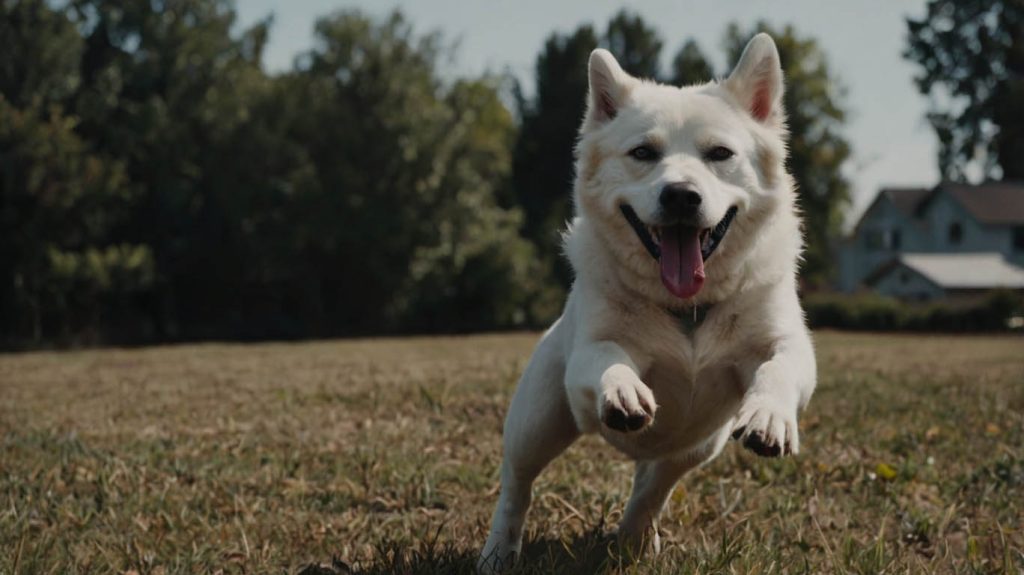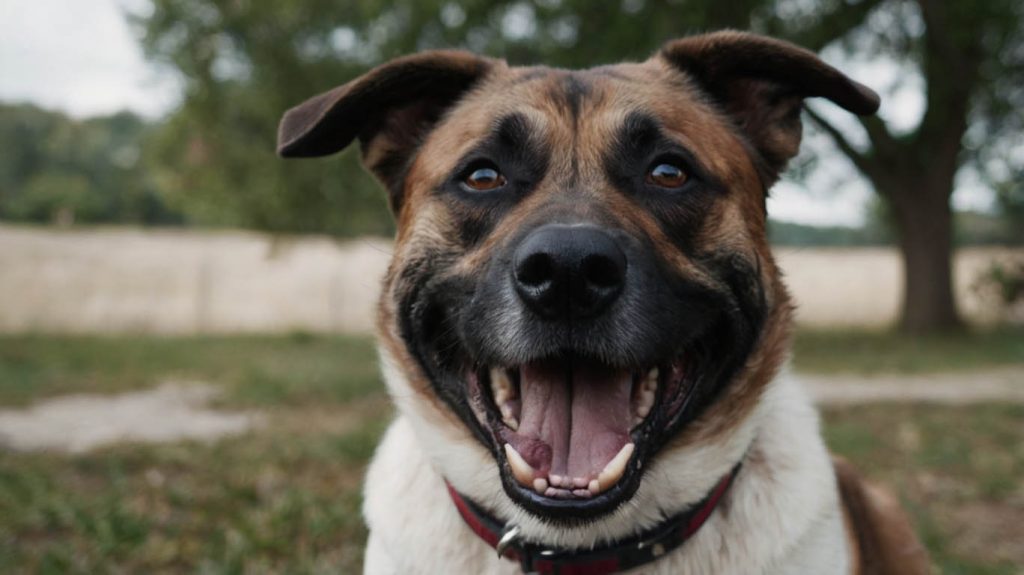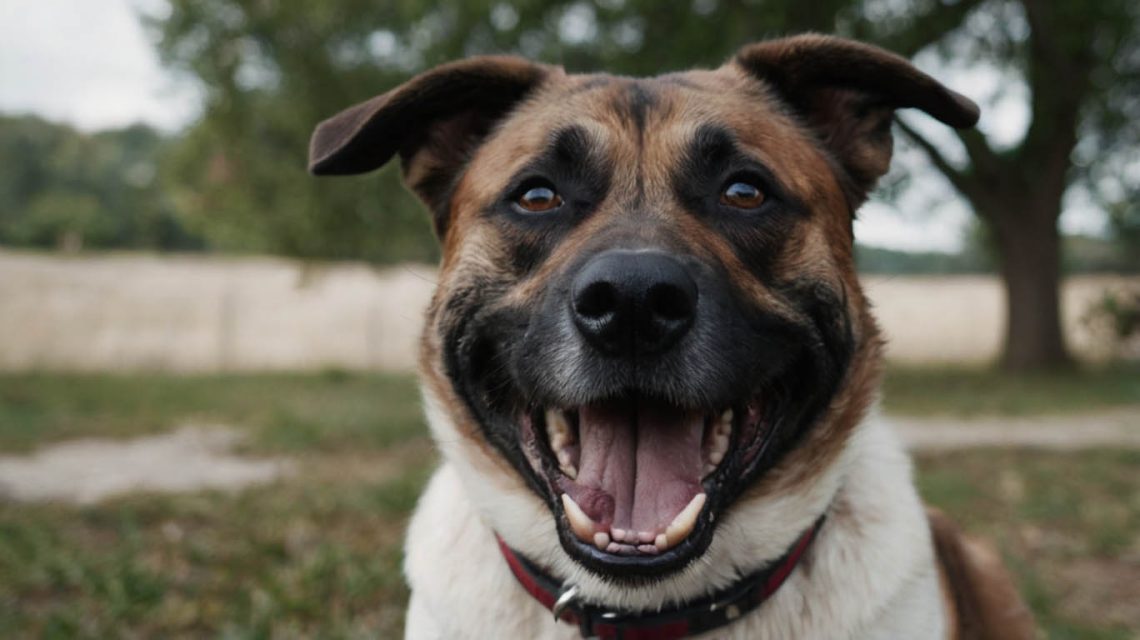How to Deal with an Over Hyper Dog: The Definitive Guide to a Calm Companion
The zoomies that never seem to end. The constant jumping on guests. The inability to settle down for more than a few seconds. If this sounds like your daily reality, you are likely looking for real solutions on how to deal with an over hyper dog. It can be incredibly draining to live with a four-legged ball of seemingly endless energy, often straining your patience and making you question what you’re doing wrong. The most important thing to understand, however, is that this is rarely a case of a “bad dog”—it is almost always a case of an intelligent, energetic dog with unmet needs.
This guide will provide a clear, step-by-step storyline to transform that chaos into calm. First, we will uncover the real reasons behind your dog’s behavior. Then, we will build a comprehensive action plan focusing on the three pillars of a balanced dog: physical exercise, mental stimulation, and targeted training. Consequently, you will gain the knowledge and tools to bring peace and quiet back into your home.
Understanding Why You Need to Deal with an Over Hyper Dog
Before jumping into solutions, it is crucial to understand the root cause of the behavior. An over-hyper dog is communicating a need. Therefore, a key part of learning how to deal with an over hyper dog is identifying that need.
- Breed Traits and Genetics: Many popular breeds, especially from herding, sporting, and terrier groups (think Border Collies, Labradors, Jack Russells), were selectively bred for high stamina and a desire to work. Their genetics are essentially hardwired for a level of activity that a sedentary lifestyle cannot satisfy.
- Age and Development: Puppies and adolescent dogs (from about six months to two years old) are notoriously energetic. They are still developing impulse control and learning how to self-regulate.
- A Lack of Meaningful Stimulation: This is the most common cause. A dog who is bored is a dog who will find their own, often frantic and destructive, entertainment. This is not malice; it is a cry for engagement.
- Potential Medical Issues: Although less common, certain medical conditions can contribute to hyperactivity. It’s always a good practice to consult a veterinarian to rule out any underlying health problems.

The Core Pillars for Dealing with an Over Hyper Dog
A calm dog is a fulfilled dog. This fulfillment comes from a balanced “diet” of activities that meet their physical, mental, and emotional needs. The following three pillars are the foundation of that balance.
Pillar 1: Quality Physical Exercise (Not Just Quantity)
The most obvious answer to “how to deal with an over hyper dog” is more exercise, but it’s not that simple. A long, aimless walk might not be enough. The quality of the exercise is what truly matters.
- Structured Walks: Transform your daily walk from a chaotic pulling-fest into a focused training opportunity. A structured walk, where your dog practices walking politely on a leash, engages their brain and reinforces your leadership.
- High-Intensity Interval Training: Instead of just a long jog, incorporate bursts of high-intensity activity. Games of fetch with a ball, flirt pole sessions, or sprints in a safely enclosed area are fantastic for burning off that explosive energy.
- Incorporate “Sniffaris”: Allow your dog dedicated time on a walk to just be a dog and sniff everything. Using their nose is incredibly enriching and mentally tiring. As experts from the American Kennel Club (AKC) explain, this sensory exploration is vital for a dog’s well-being.
Pillar 2: Unleashing the Power of Mental Stimulation
This is the secret weapon that many owners miss. Mental exercise can be even more tiring than physical exercise. Providing daily mental enrichment is a critical component of learning how to deal with an over hyper dog.
- Puzzle Toys and Food Dispensers: Ditch the food bowl. Feeding your dog their meals from a puzzle toy like a KONG, a snuffle mat, or a food-dispensing ball forces them to problem-solve. This can turn a 2-minute meal into a 20-minute brain game.
- Nose Work and Scent Games: A dog’s sense of smell is their superpower. Hiding treats around the house and encouraging your dog to “find it” is an incredibly powerful way to burn mental energy.
- Short, Daily Training Sessions: You don’t need hour-long sessions. Just 10-15 minutes a day of practicing known commands or learning a new trick can be profoundly effective. For more ideas, explore our internal guide on [5 Brain Games to Tire Out Your Dog].
Pillar 3: Actively Training a Calm State of Mind
Calmness is a skill, and just like “sit” or “stay,” it must be taught and reinforced. You cannot expect a dog to know how to be calm if they are never rewarded for it.
- Capture Calmness: This is a revolutionary but simple technique. Keep treats handy. Whenever you see your dog voluntarily choose to lie down and relax, calmly drop a treat between their paws. No excitement, no praise—just a quiet reward for a calm choice. This teaches your dog that stillness is a highly profitable behavior.
- Teach a “Place” or “Settle” Command: This gives your dog a designated “chill-out zone.” The goal is to teach your dog to go to their bed or a specific mat and stay there until released. This is an invaluable management tool for when guests visit or during hectic times of the day.

Environmental Strategies for Dealing with an Over Hyper Dog
Finally, your home environment and routine can either support or undermine your efforts.
- The Importance of Routine: Dogs are creatures of habit. A predictable schedule for feeding, exercise, and rest can help reduce the anxiety that often fuels hyperactive behavior.
- Consult Your Vet About Diet and Supplements: While you should always consult your veterinarian first, they can advise on whether a diet change or a calming supplement with ingredients like L-theanine might be appropriate. Reputable sources like VCA Animal Hospitals offer medical context on this topic.
- Know When to Seek Professional Help: If the hyperactivity is extreme, causing destruction, or leading to aggression, it’s time to call in a professional. A certified professional dog trainer (CPDT) or a veterinary behaviorist can provide a customized plan. The Certification Council for Professional Dog Trainers (CCPDT) is an excellent resource for finding a qualified expert near you.
Conclusion: From Chaos to Calm, One Step at a Time
Learning how to deal with an over hyper dog is a marathon, not a sprint. It is a commitment to understanding and meeting your dog’s fundamental needs. By providing a holistic blend of high-quality physical exercise, challenging mental enrichment, and clear, consistent training that rewards calmness, you can guide your dog toward becoming the balanced, peaceful companion you’ve always wanted.


